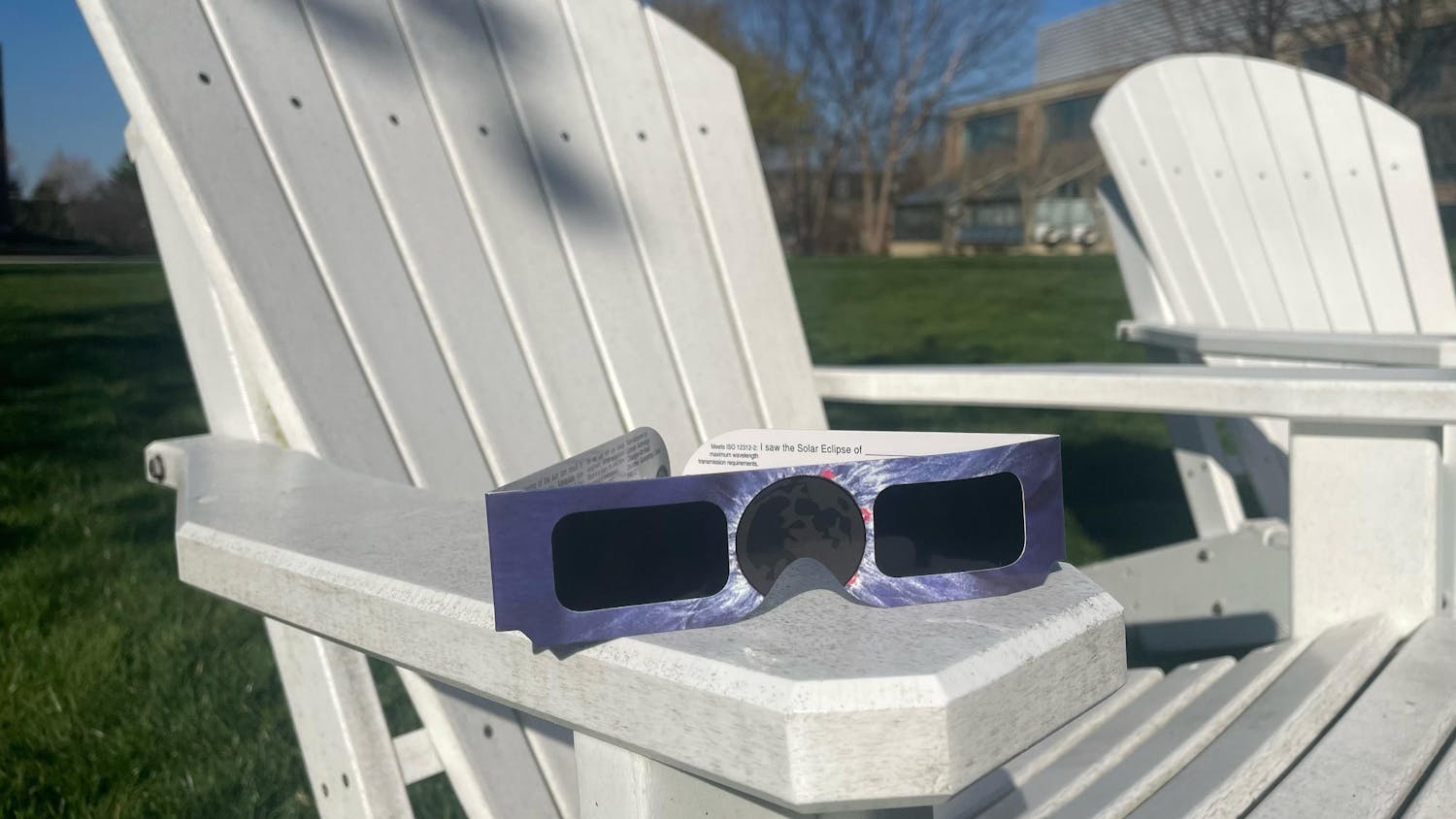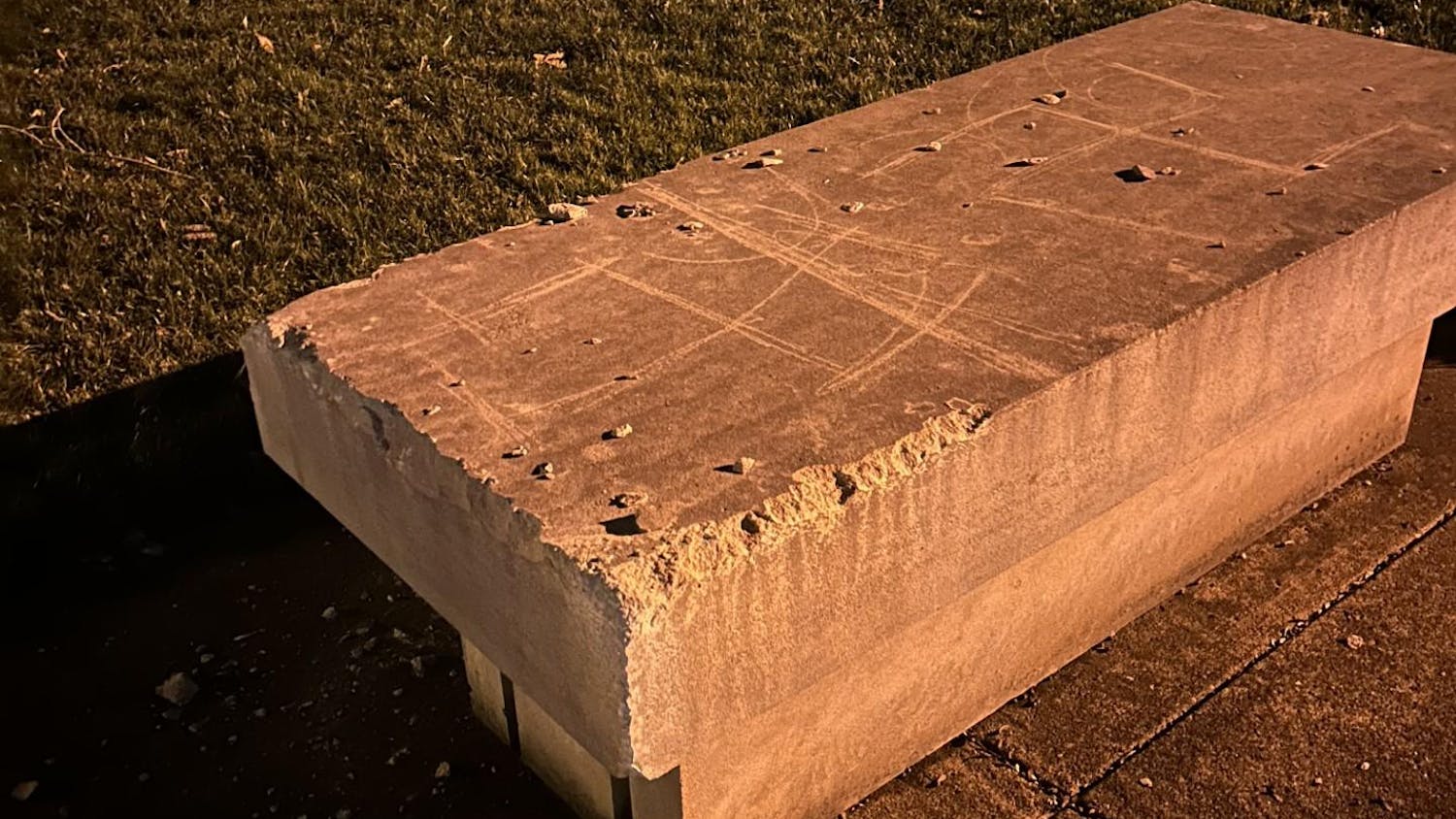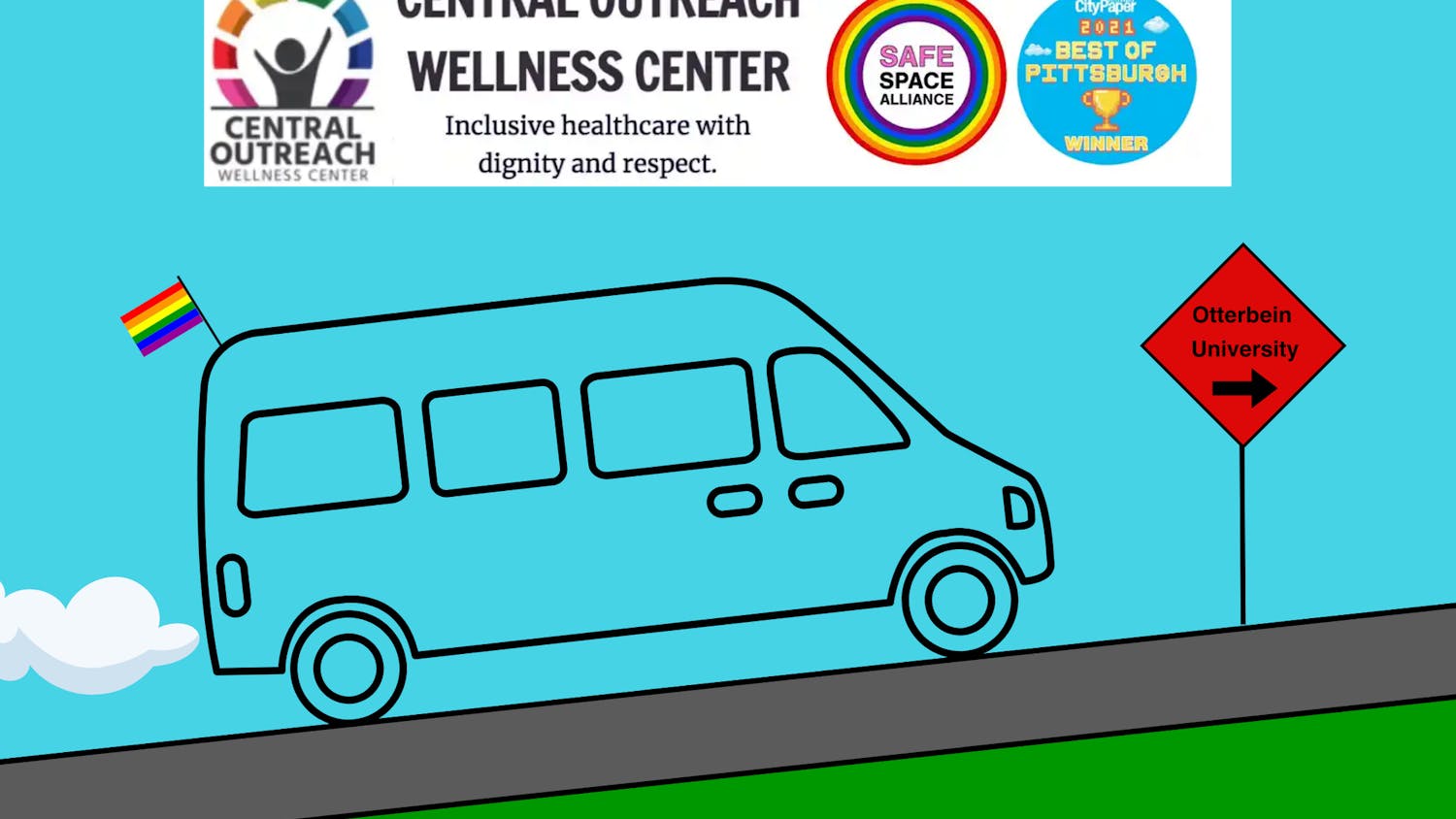A new Integrative Studies requirement known as “dyads” are complicating the scheduling process for some students and worrying others that the new requirement might delay graduation.
A dyad consists of two linked courses from different disciplines that share a central issue, question or theme, according to an informational packet distributed by the Center for Student Success.
Otterbein requires that both dyad courses be completed in the same academic year, which has presented scheduling complications for students by limiting flexibility.
In order to take a dyad, students must have fulfilled their First Year Seminar and all 2000-level INST course requirements. Current juniors are required to sign up for a dyad that they will take their senior year. Sophomores also have the option to take it their junior year.
Sarah Fatherly, chair of Integrative Studies, encourages students to step out of their box and choose a course that interests them on a basic level. Most dyad courses range in the 3000-4000 level classes, but none require prerequisites.
“These courses are welcoming to a general student audience,” Fatherly said.
Some dyads correspond well with certain majors, such as “Understanding Sustainability” for environmental science majors, but others encourage a broader audience. Dyads offer topics that cover a broad range of study. The choices include anything from “Social Change” to
“The Search for Meaning in Culture and Human Life.”
There are currently 11 dyad options for the 2012-2013 academic year and one dyad option for the summer. Dyads are offered in all four terms: fall, J-term, spring and summer.
Planning major requirements and then adding a dyad at the end is suggested to ensure the dyad works around students’ schedules.
Special considerations can be made for students with strict or overloaded schedules, such as nursing or education majors, as well as students studying abroad. It is suggested that these students should meet with their advisers or someone in the Center for Student Success to discuss their options.
Students expressed concerns about scheduling after the course selection guide was released last week. Some are worried that dyads won’t fit into their schedule and could potentially delay graduating on time.
Sophomore organizational communication major Emily Edwards is planning on taking her dyads next year and is concerned that she’ll be forced to take at least one of them over the three-week J-term.
“I’m not sure if I like that limiting of a schedule,” she said.
Junior Chelsie Fuller, a literary studies major, had similar concerns about fitting everything in before graduation.
“I was trying to see if there were any two offered at the same time (in the same semester) and didn’t see any,” Fuller said.
Samantha Francis, a junior organizational communications and public relations major, is considered a “transition” student under the new INST system.
Francis had taken half of a dyad for her minor and obtained special permission to take the second half in the same academic year, in accordance with the dyad policy.
She later learned that the particular dyad was removed from the list of options. Francis met with Kate Lehman, director of the Center for Student Success, as well as Fatherly to find a solution.
It was decided that due to the lack of room in her schedule, Francis must now complete an Integrative Studies essay connecting the two classes, despite completion of the once university-approved dyad. After these steps are taken, the two classes Francis completed will count toward her dyad.
Faculty and staff involved are aware of such concerns and are offering ways to help sort out schedules.
Transition students, or students who have taken classes under the old INST system and who will be taking dyads, should take careful consideration in planning their schedules.
On Wednesday, April 17, peer mentors who work for the Center for Student Success, will be stationed in residence hall lounges across campus from 8-10 p.m. to answer questions and help students create their schedules.
Individual appointments can also be made by filling out an online form at www.otterbein.edu/studentsuccess/appt.asp.
“There are many different pathways for (INST). There are select populations of transition students that have been identified and are working out the newness and the kinks,” Fatherly said.
She said Otterbein is one of the first colleges to use this program and is being looked at as a model for other universities.
The INST program was re-examined and restructured with the transition to semesters. Dyads require eight classes compared to 10 under the old program during the quarters system, and there is much more diversity in options.
Members of the Integrative Studies Advisory Committee, consisting of faculty representatives from each area requirement as well as student representatives, will travel to Capital University with Fatherly in the coming weeks to discuss how the program could work there.





